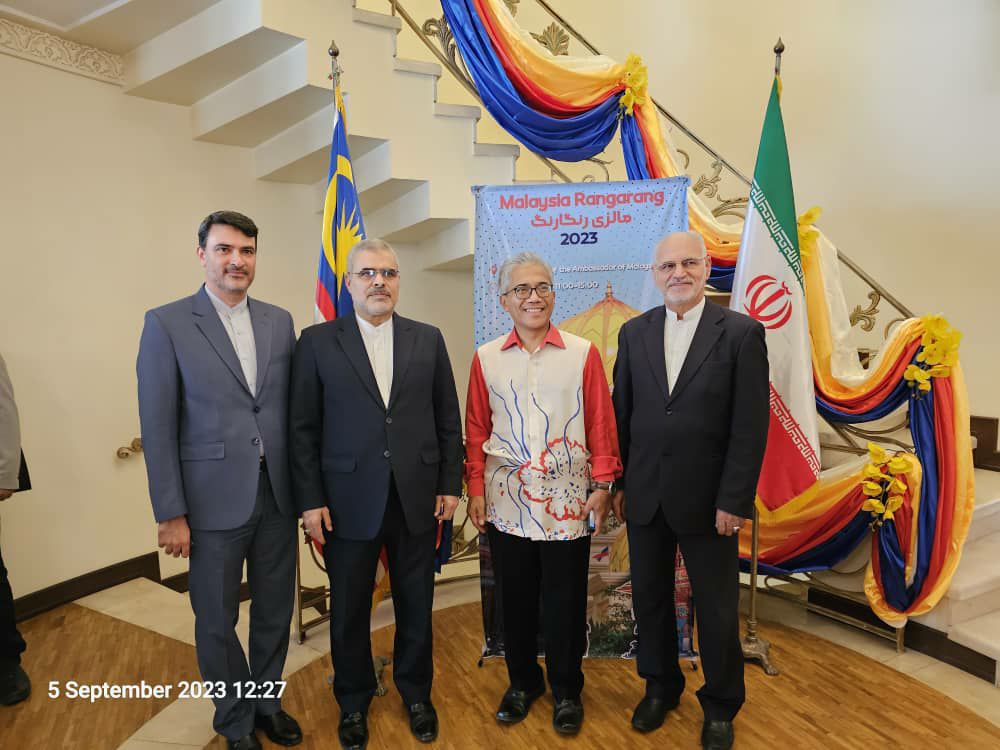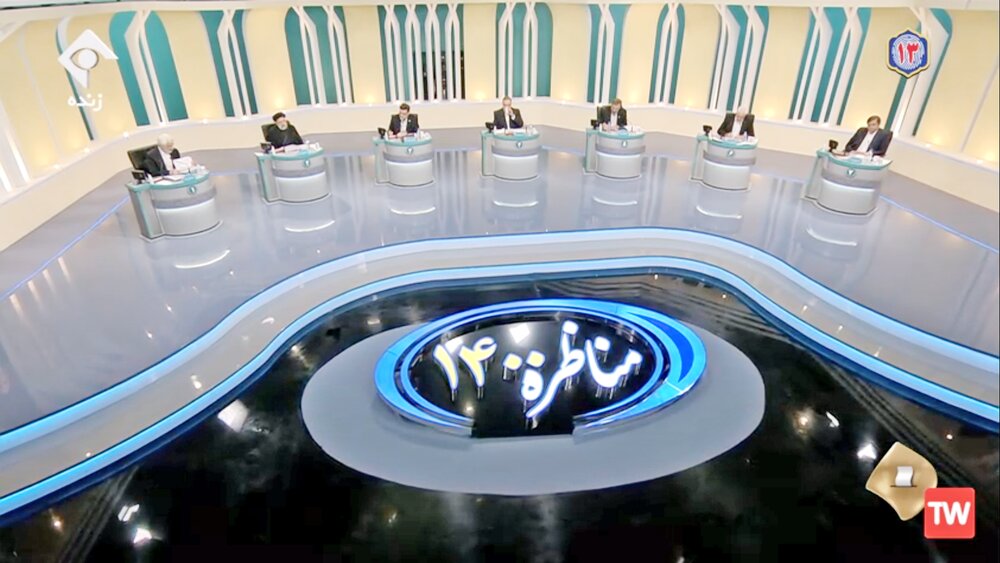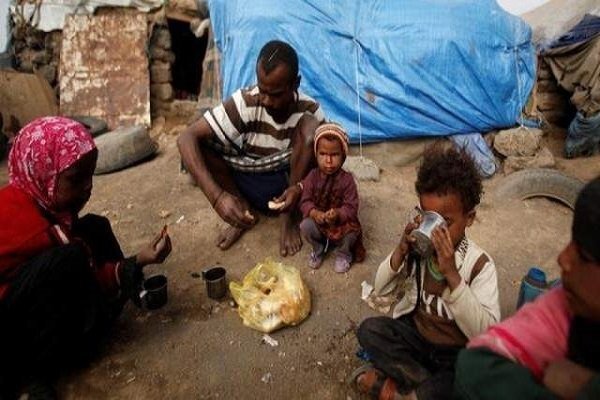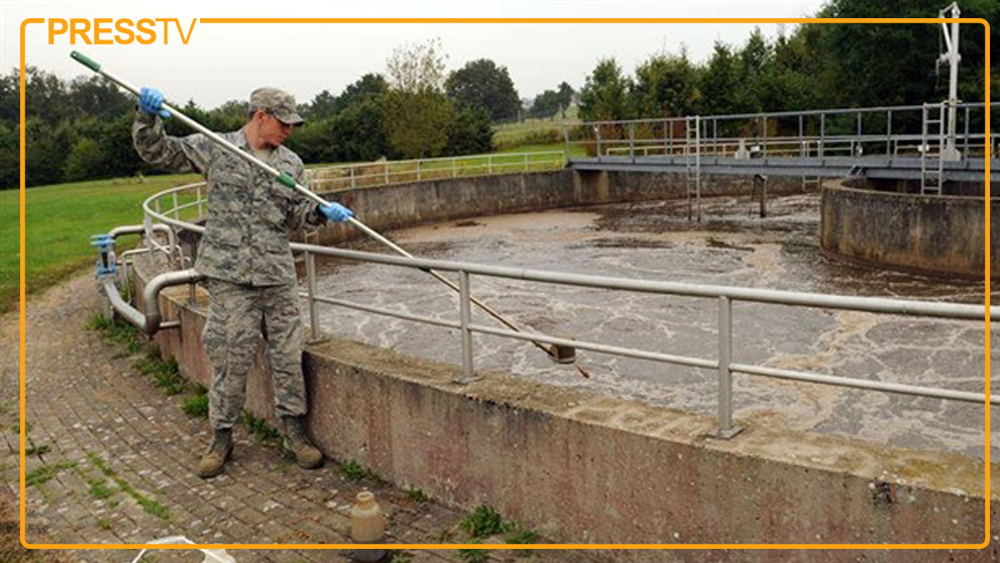Challenges and Requirements for Exporting to Spain
TEHRAN (Iran News) In an interview, Mohammad Taheri, President of the Iran-Spain Joint Chamber of Commerce, highlighted the dual nature of challenges facing Iranian exports to Spain: internal obstacles within Iran and external constraints tied to European regulations. He stressed that overcoming these challenges is key to fostering sustainable trade relations between the two countries.
According to recent customs data, Iran’s exports to Spain mainly include bitumen, saffron, hand-woven carpets, pistachios, and shrimp. While these products hold traditional value, Taheri pointed out their lack of diversity in terms of added value, technology, and consumer market scope. He called for a strategic overhaul of Iran’s export basket to better align with Spain’s market needs.
Comparative studies conducted by the Joint Chamber have identified significant untapped potential in sectors such as creative industries, high-tech and knowledge-based products, herbal medicines and export-oriented teas, industrial design, renewable energy technologies, and technical-engineering services. Taheri highlighted Spain’s appetite for culturally diverse and Eastern-inspired designs, suggesting that Iranian consulting, architecture, and interior design services could serve as a competitive edge.
However, he added that realizing these opportunities requires well-defined operational strategies, product standardization, competitive branding for the European market, and stronger institutional ties with specialized Spanish organizations.
Exports to Spain face two main types of structural barriers: Inefficient and costly transportation systems; Lack of internationally recognized insurance options; Limited export incentives; Difficulties in financial transactions; Fragmented licensing processes and absence of a one-stop export services authority; Restrictions on opening letters of credit due to sanctions; Complex EU regulations, including compliance with CE Mark standards; technical and tariff barriers for non-European goods; and Poor media representation and lack of a professional brand image for Iranian products
Taheri emphasized the need for a policy shift toward supporting high-value non-oil exports. He identified collaboration with European institutions, particularly ICEX (Spain’s national export and investment agency), as a strategic priority. ICEX currently offers targeted support to Spanish firms entering the Middle Eastern market, and Iran should seek reciprocal access.
Taheri called on government entities to: Establish a dedicated Europe Trade Desk; Revise incentive policies for hard-to-access markets; Create a unified export licensing window; and Support international digital branding platforms.
He also advocated for: Specialized trade guarantee funds for Europe; Improved joint logistical infrastructure; Coordination among ministries, the Trade Promotion Organization, Iran Chamber of Commerce, and joint chambers; and Strategic Engagement by the Iran-Spain Chamber; To advance trade ties, the Iran-Spain Chamber is actively moving beyond traditional methods. Initiatives include dispatching specialized trade delegations to Spain to engage with associations, regional chambers, buyers, and government bodies.
The Chamber has also drafted regulations to establish expert working groups, guiding members toward actionable internationalization strategies. Ongoing programs include:
- source : IRAN NEWS ECONOMIC DESK






























